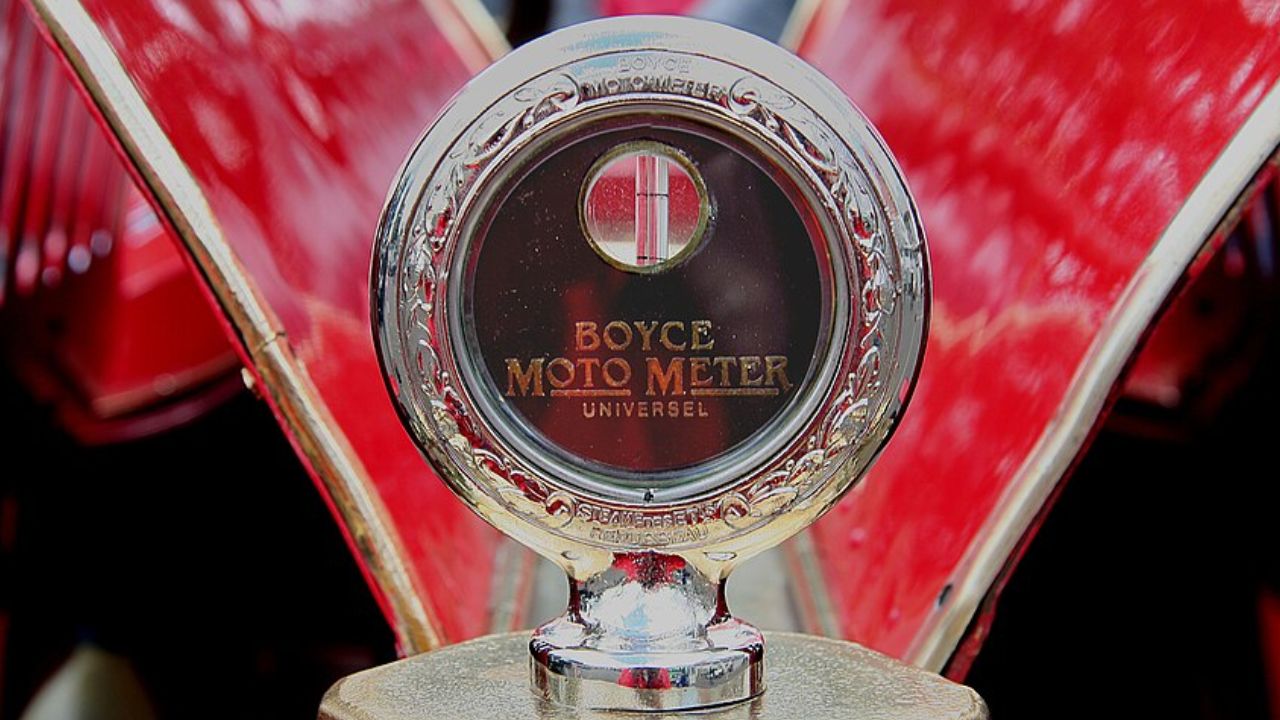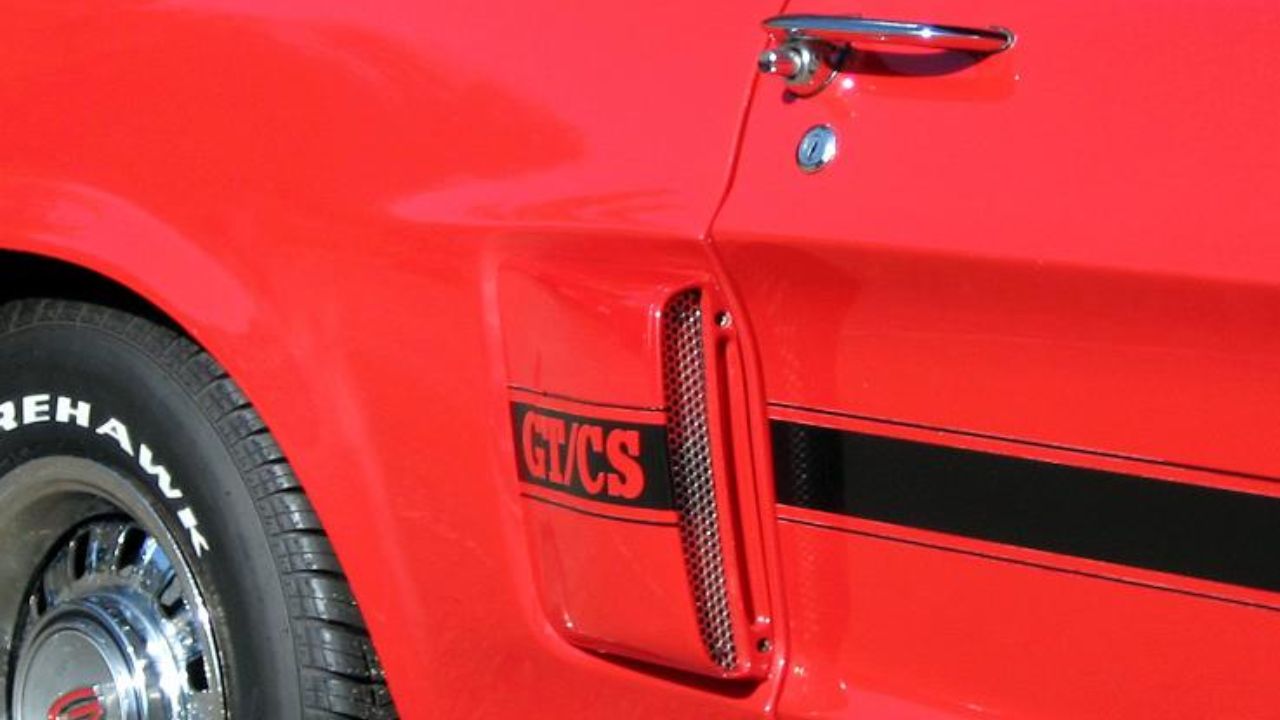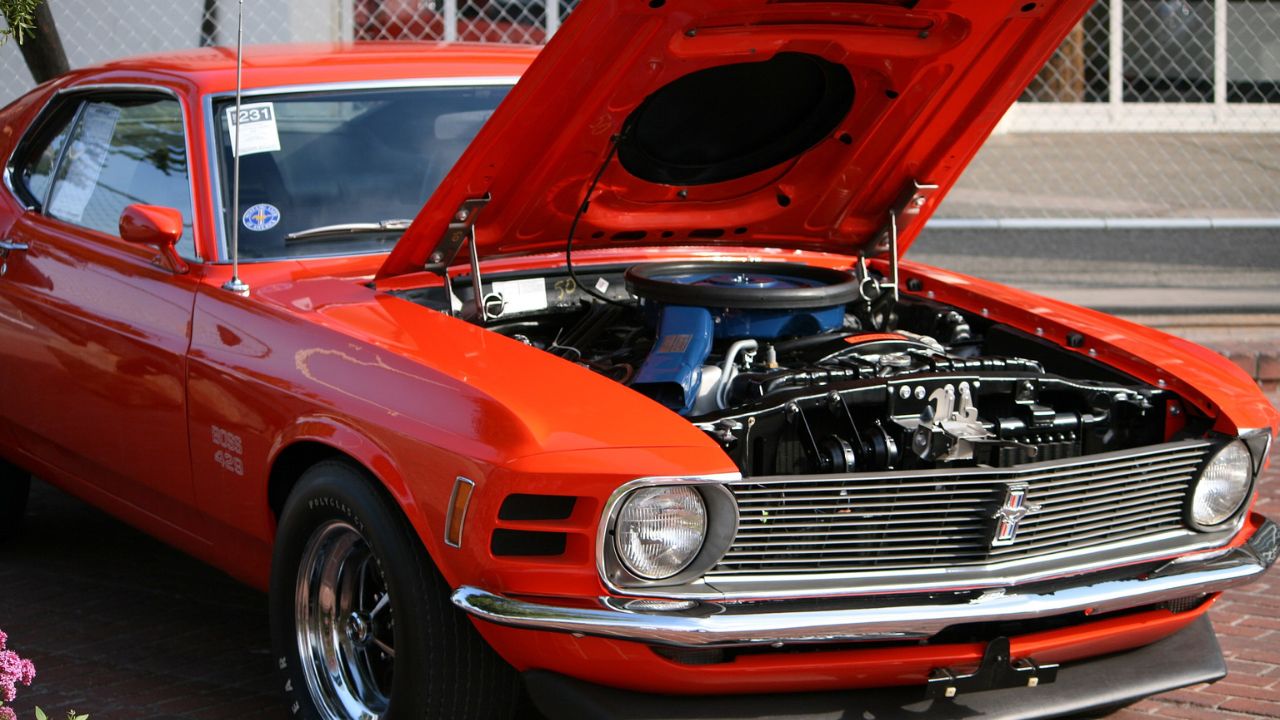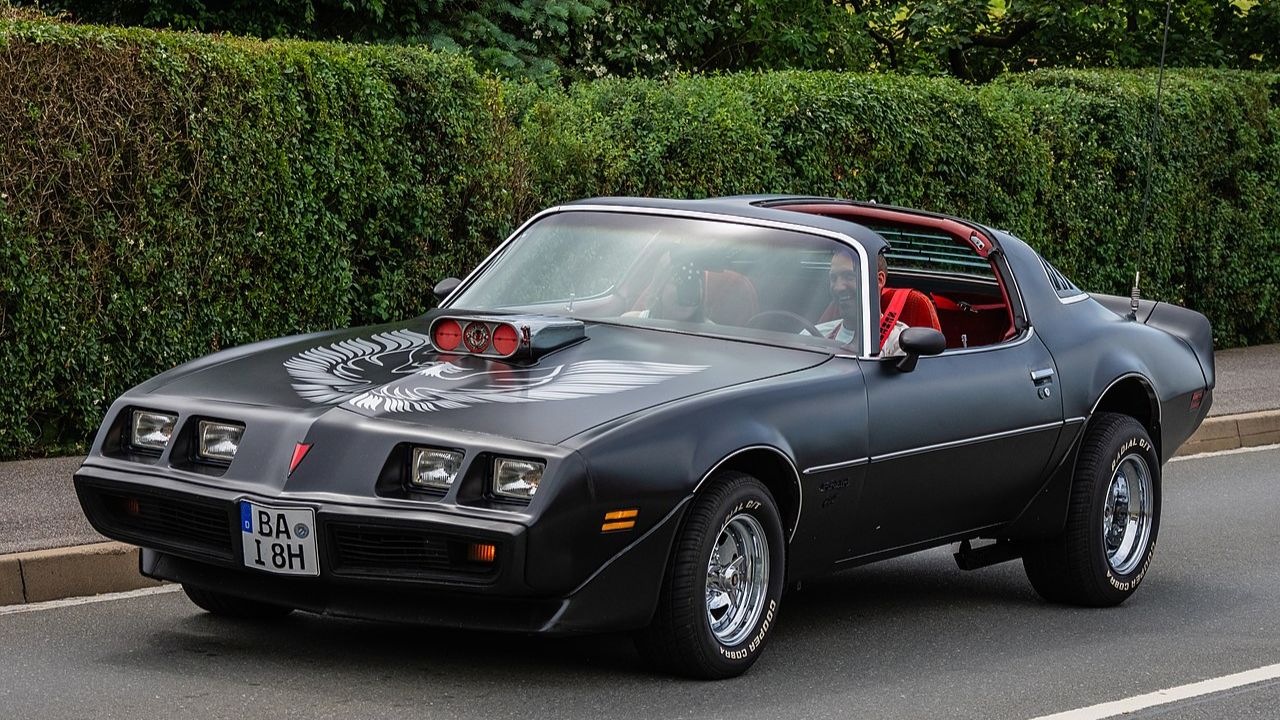In the early days of automobiles, hood ornaments were not merely decorative; they served a functional purpose that might surprise modern car enthusiasts. Originally designed to indicate the status of a car’s engine, these iconic emblems evolved into symbols of luxury and style. The fascinating history and surprising reason behind the once-ubiquitous hood ornament shed light on their transformation over time.
The Origins of Hood Ornaments

The hood ornament’s journey began with a functional role in the early 20th century. At a time when cars were still mechanical novelties, these adornments were ingeniously designed to act as radiator caps. More than just decorative pieces, they played a crucial role in providing drivers with vital information about engine temperature. For instance, the early Boyce MotoMeter was a popular device that displayed temperature readings so drivers could monitor their engines, preventing overheating and ensuring optimal performance.
As automobiles gained popularity, hood ornaments transitioned from purely functional components to status symbols. Car owners began to appreciate these emblems as reflections of their vehicles’ power and prestige. The more elaborate and ornate the design, the more it signified wealth and status. With this shift, hood ornaments began to serve as canvases for artistic expression and brand identity, capturing the imagination of the public and manufacturers alike.
As technology advanced, so did the designs of hood ornaments. Early thermometers evolved into intricate sculptures that embodied the essence of the car’s brand. Automakers recognized the marketing potential of these emblems and started collaborating with artists to create unique designs that would stand out on the roads. The transformation from simple temperature gauges to symbols of luxury marked a pivotal moment in automotive history.
The Golden Age of Hood Ornaments

The 1920s and 1930s marked the golden age of hood ornaments, heavily influenced by the Art Deco movement. This period saw an explosion of creativity, with designers drawing inspiration from modern art, architecture, and nature. The streamlined and geometric forms of Art Deco resonated with the spirit of innovation, leading to some of the most memorable hood ornaments in automotive history. These designs were not just about aesthetics; they were statements of elegance and sophistication.
Among the most iconic designs from this era is the Rolls-Royce Spirit of Ecstasy, which became synonymous with luxury and opulence. Similarly, the Cadillac Flying Goddess captured the allure of speed and grace, becoming a favorite among car enthusiasts. These ornaments were not just decorative elements; they embodied the values and aspirations of the brands they represented. Each design told a story, leaving an indelible mark on automotive culture.
Car manufacturers often collaborated with renowned artists and sculptors to bring their visions to life. The partnership between manufacturers and artists resulted in hood ornaments that were not only beautiful but also unique to each brand. These collaborations elevated hood ornaments from mere car parts to works of art, showcasing the craftsmanship and creativity that defined the automotive industry of the time.
The Decline of Hood Ornaments

As the mid-20th century approached, hood ornaments began to face challenges due to evolving safety regulations. Concerns about pedestrian safety led to changes in car design, and the once-prominent hood ornaments became potential hazards. Regulations mandated smoother, more aerodynamic shapes, and hood ornaments were increasingly seen as incompatible with these new standards. The decline of hood ornaments was not just about safety; it was a reflection of broader changes in automotive design and consumer preferences.
Shifts in consumer tastes also played a significant role in the decline of hood ornaments. As the automotive industry moved toward more streamlined and efficient designs, the bulky, protruding ornaments of the past were considered outdated. Consumers started favoring sleek, aerodynamic profiles that prioritized performance over embellishment. This shift marked the transition of hood ornaments from functional components to purely aesthetic features, ultimately leading to their disappearance from mass production.
Despite their decline, hood ornaments have not been forgotten. They have transitioned from functional necessities to collectibles and symbols of nostalgia. Enthusiasts and collectors continue to seek out vintage ornaments, appreciating their historical significance and the stories they tell. While they may no longer grace the hoods of modern cars, their legacy endures in the hearts of those who cherish automotive history.
The Legacy of Hood Ornaments

Today, hood ornaments are highly sought-after collector’s items, often fetching impressive prices in the vintage car market. Their intricate designs and historical significance make them coveted by enthusiasts who appreciate the artistry and craftsmanship of a bygone era. Collectors are drawn to these emblems not only for their aesthetic appeal but also for the stories they tell about the evolution of the automotive industry.
The cultural impact of hood ornaments extends beyond their status as collectibles. These iconic symbols have left a lasting imprint on automotive culture and design, influencing generations of car enthusiasts and designers. Hood ornaments represent a time when cars were more than just modes of transportation; they were works of art that celebrated innovation and creativity.
In recent years, some modern car manufacturers have revived hood ornaments in limited editions or as tributes to their heritage. These contemporary interpretations pay homage to the past while embracing modern design sensibilities. By reintroducing hood ornaments, manufacturers acknowledge the enduring appeal and cultural significance of these emblems, bridging the gap between tradition and innovation.
Why Hood Ornaments Matter Today

Hood ornaments continue to hold a special place in the automotive industry, serving as symbols of heritage and brand identity. They remind us of a time when cars were not just machines but expressions of artistry and engineering excellence. The legacy of hood ornaments lives on in the way they influence modern car design and inspire contemporary designers to push the boundaries of creativity.
Contemporary designers often draw inspiration from the intricate designs of past hood ornaments, integrating elements of their elegance and sophistication into modern vehicles. This fusion of past and present highlights the timeless appeal of these emblems and their ability to captivate the imagination of car enthusiasts around the world.
Ultimately, hood ornaments celebrate the artistry and craftsmanship that define the automotive industry. They stand as enduring symbols of a rich and vibrant history, reminding us of the beauty and innovation that have shaped the cars we drive today. While their role has evolved over time, the significance of hood ornaments remains undeniable, continuing to inspire and captivate those who appreciate the artistry of automotive design.
Like Fast Lane Only’s content? Be sure to follow us.
Here’s more from us:
*Created with AI assistance and editor review.







Leave a Reply